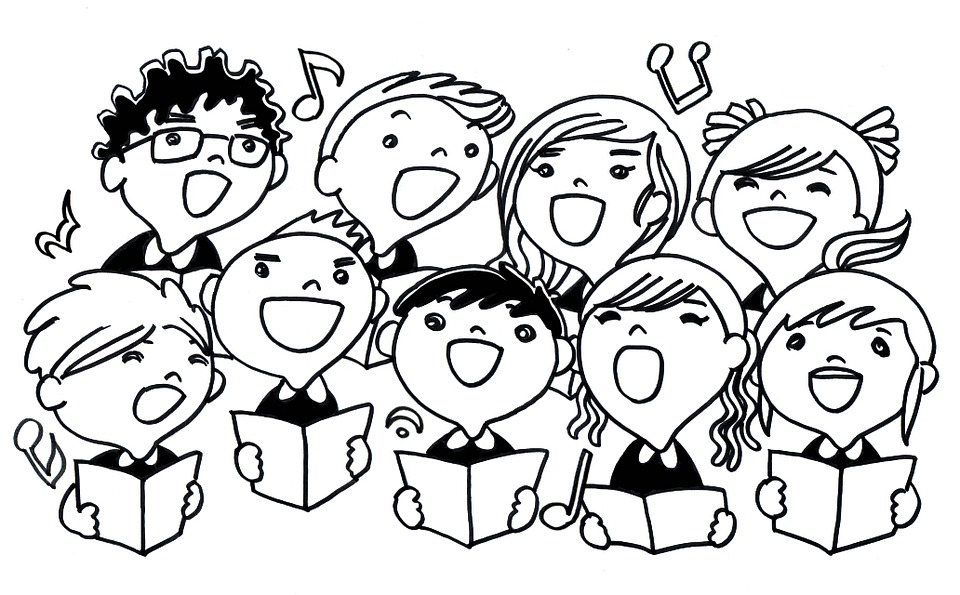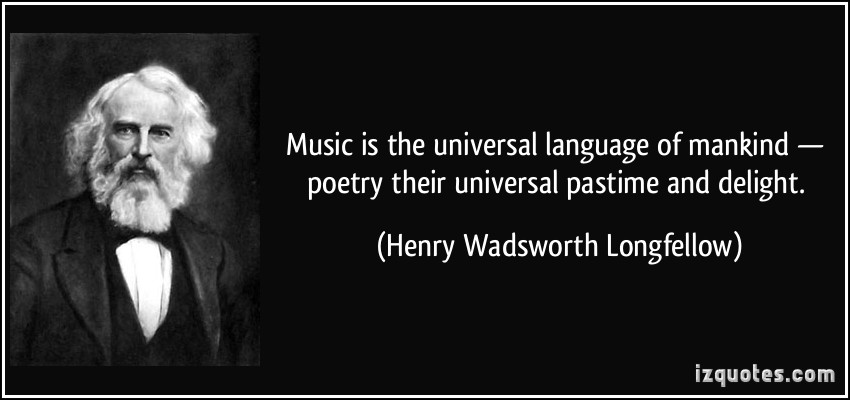
Some things stay evergreen in our memories – like the nursery rhymes, jingles and songs that we heard in our childhood days. These days, as my son is growing up, I recite the same old songs and rhymes. He may not understand them, but he enjoys the tunes and rhymes. Music has a universal appeal and cuts across cultures, religions, communities and age groups.

In this article, I discuss how songs and music can be effectively used in the language classroom. The following questions are answered:
- Why songs?
- What type of songs to select and when?
- When to use songs and how to use them?
Why songs?

- A song is not only pleasant to hear, but also stirs our feelings and emotions. It connects to the mind and the soul.
- In the context of language teaching, songs are an efficient tool to facilitate language learning, much better than the traditional methods. Due to the listener’s relaxed mood, songs can make the teaching and learning of the second language more enjoyable, productive and motivating.
- Children like to hear the same song over and over again. This familiarizes some of the words, phrases and usages.
- It is a rich entertaining resource for developing language skills; students would prefer to listen to a song and sing along, rather than a lecture on the same theme.
- Songs have weak forms, strong tones, intonations, pause etc. Children get familiarized to these aspects of communication as well.
- Use of music and songs in the language classroom create a positive attitude; rather than the laborious task entailing exams, frustrations and corrections.
- These days, songs and music are easily available and accessible to all.
What type of songs to select?
- Initially, the songs should be simple and short.
- The songs should be related to the theme or topic.
When to use songs?
- Before the lesson: This can be a warm-up or brainstorming activity. The song should be thematically related to the lesson. E.g., if the lesson is about ‘friendship’, then the teacher can begin with a song about friendship.
Such activities create an interest among the students.
- During the lesson: At times lessons might be very long, dull and boring. A song in between might refresh the mood of the class.
- After the lesson: Songs can be used to consolidate the learning. When a song related to the topic is sung, students can easily predict the lines.
How to use songs?
 Songs should be selected by the teacher. The singing should not disturb the adjacent classes. Maybe, the students can be taken to the ground where they can sing freely. Exercises can be set to develop the basic LSRW skills. For example, a song with a particular pattern can be taken up and students can be asked to add lines to it following the pattern. This caters to their creative as well as writing skills. Similarly, the script of a song with a few lines removed can be given to the students. As and when the song is sung, the students have to fill up the gaps. This activity caters to the listening, reading and writing skills at the same time.
Songs should be selected by the teacher. The singing should not disturb the adjacent classes. Maybe, the students can be taken to the ground where they can sing freely. Exercises can be set to develop the basic LSRW skills. For example, a song with a particular pattern can be taken up and students can be asked to add lines to it following the pattern. This caters to their creative as well as writing skills. Similarly, the script of a song with a few lines removed can be given to the students. As and when the song is sung, the students have to fill up the gaps. This activity caters to the listening, reading and writing skills at the same time.
Rhymes and action songs can be used for lower classes. Examples: Old McDonald Had a Farm, Five Little and Fingers, Open and Close etc.
Conclusion
Singing songs gives the pleasurable experiences of both singing and listening. It enables imagination and creative use of language. Songs are a fun-filled way of promoting language learning. Therefore, educators can consider songs and music as a useful tool while designing the curriculum.
Children learn better when they are having fun. They relax and lose some of the anxiety that often comes with learning a new language. Songs make learning a lot more fun!
Term: Term 1
- Log in or register to post comments